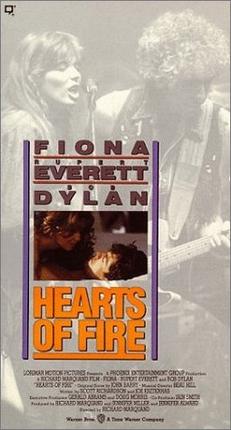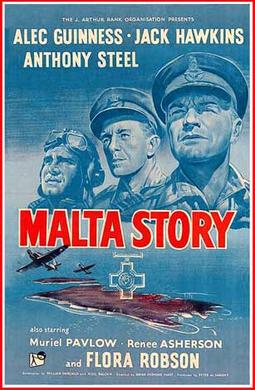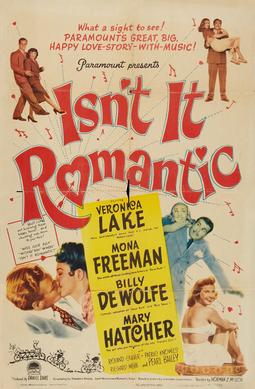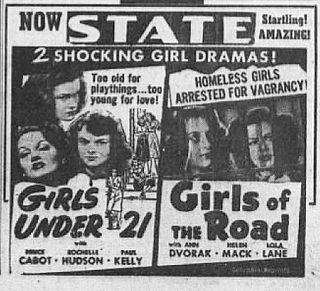
Leonard Michael Maltin is an American film critic and film historian, as well as an author of several mainstream books on cinema, focusing on nostalgic, celebratory narratives. He is perhaps best known for his book of film capsule reviews, Leonard Maltin's Movie Guide, published annually from 1969 to 2014. Maltin was the film critic on Entertainment Tonight from 1982 to 2010. He currently teaches at the USC School of Cinematic Arts and has appeared regularly on Turner Classic Movies, and hosts the weekly podcast Maltin on Movies. He has written articles for The New York Times, The Los Angeles Times, Variety, Playboy and TV Guide. He served two terms as President of the Los Angeles Film Critics Association, and votes for films to be selected for the National Film Registry.
Star classification is a type of rating scale utilizing a star glyph or similar typographical symbol. It is used by reviewers for ranking things such as films, TV shows, restaurants, and hotels. For example, a system of one to five stars is commonly used in hotel ratings, with five stars being the highest rating.

The Fighting Seabees is a 1944 war film, directed by Edward Ludwig and starring John Wayne and Susan Hayward. The supporting cast includes Dennis O'Keefe, William Frawley, Leonid Kinsky, Addison Richards and Grant Withers. The Fighting Seabees portrays a heavily fictionalized account of the dilemma that led to the creation of the U.S. Navy's "Seabees" in World War II. At the 17th Academy Awards, the film received a nomination for Best Scoring of a Dramatic or Comedy Picture for Walter Scharf and Roy Webb but the award went to Max Steiner for Since You Went Away.

Hearts of Fire is a 1987 American musical drama film starring Bob Dylan, Fiona Flanagan and Rupert Everett. The film was essentially a vehicle for Dylan based on his success as a rock musician. It received poor reviews, a limited theatrical release, and was later written off by Dylan himself.

The Hallelujah Trail is a 1965 American Western epic mockumentary spoof directed by John Sturges, with top-billed stars Burt Lancaster, Lee Remick, Jim Hutton and Pamela Tiffin. It was based on the book of the same title by Bill Gulick in 1963.

Wings of Courage is a 1995 American-French drama film directed by Jean-Jacques Annaud and starring Craig Sheffer, Val Kilmer, Elizabeth McGovern and Tom Hulce. The 40-minute film was written by Annaud with Alain Godard. It was the first dramatic film shot in the IMAX format.

Yol is a 1982 Turkish film directed by Şerif Gören and Yılmaz Güney. The screenplay was written by Yılmaz Güney, and it was directed by his assistant Şerif Gören, as Güney was in prison at the time. Later, after Güney escaped from Imrali prison, he took the negatives of the film to Switzerland and later edited it in Paris.

Corey Parker is an American actor and acting coach.

Bug is a 1975 American horror film directed by Jeannot Szwarc and written by William Castle and Thomas Page, from Page's novel The Hephaestus Plague (1973). Shot in Panavision, it was the last film Castle was involved in before his death in 1977. The film starred Bradford Dillman, Joanna Miles and Richard Gilliland.

Malta Story is a 1953 British war film, directed by Brian Desmond Hurst, which is set during the air defence of Malta during the Siege of Malta in the Second World War. The film uses real and unique footage of the locations at which the battles were fought and includes a love story between a RAF reconnaissance pilot and a Maltese woman, as well as the anticipated execution of her brother, caught as an Italian spy. The pilot is loosely based on Adrian Warburton; the Maltese woman's brother is based on Carmelo Borg Pisani, who was executed in 1942.

National Lampoon's Movie Madness is a 1982 American comedy film produced by National Lampoon as the second film from the magazine. The film was originally produced under the title National Lampoon Goes to the Movies; completed in 1981, the film was not released until 1982, and was reedited and retitled as Movie Madness.

Isn't It Romantic? is a 1948 American comedy musical film from Paramount Pictures, directed by Norman Z. McLeod and starring Veronica Lake and Billy De Wolfe. Supporting actors included Mona Freeman, Richard Webb and Pearl Bailey. Although it takes its title from a 1932 song by Richard Rodgers and Lorenz Hart, it is based on a novel called Gather Ye Rosebuds by Jeannette C. Nolan.

Leonard Maltin's Movie Guide was a book-format collection of movie capsule reviews that began in 1969, was updated biannually after 1978, and then annually after 1986. The final edition was published in September 2014. It was originally called TV Movies, which became Leonard Maltin's TV Movies and Video Guide, and then Leonard Maltin's Movie and Video Guide, before arriving at its final title. Film critic Leonard Maltin edited it and contributed a large portion of its reviews.
Steven Henry Scheuer was a film and television historian and critic. He edited all seventeen editions of Movies on TV published between 1958 and 1993 and wrote The Movie Book (1974), subtitled A Comprehensive, Authoritative, Omnibus Volume on Motion Pictures and the Cinema World. He was moderator of the syndicated television series All About TV from 1969 to 1990. In 2002, he hosted and produced a 13-program series for public television, Television in America: An Autobiography.
Norman Thaddeus Vane born Norman Thatteus Vein was a screenwriter, producer, playwright and film director. He served as writer for the 1968 film Mrs. Brown, You've Got a Lovely Daughter, and in the subsequent year was writer and associate producer of the movie Lola. He wrote the screenplay for the 1972 film, 1931: Once Upon a Time in New York. Vane went on to direct the 1983 film, Frightmare, and continue contributing to writing films including The Black Room in 1984.
Curse of the Stone Hand is a 1965 horror film created by movie producer Jerry Warren by editing together two 1940s Chilean films, La casa está vacía, a 1945 film directed by Carlos Schlieper, and La dama de la muerte, a 1946 film directed by Carlos Hugo Christensen.
Street Justice is a 1987 American action film directed by Richard C. Sarafian.

Girls of the Road is a 1940 American action film, based on an original screenplay by Robert Hardy Andrews, directed by Nick Grinde, and produced by Wallace MacDonald.
Artel J. Great also known as Artel Kayàru, is an American actor and filmmaker. He is known for portraying Rodney in the 2002 film Dahmer.












